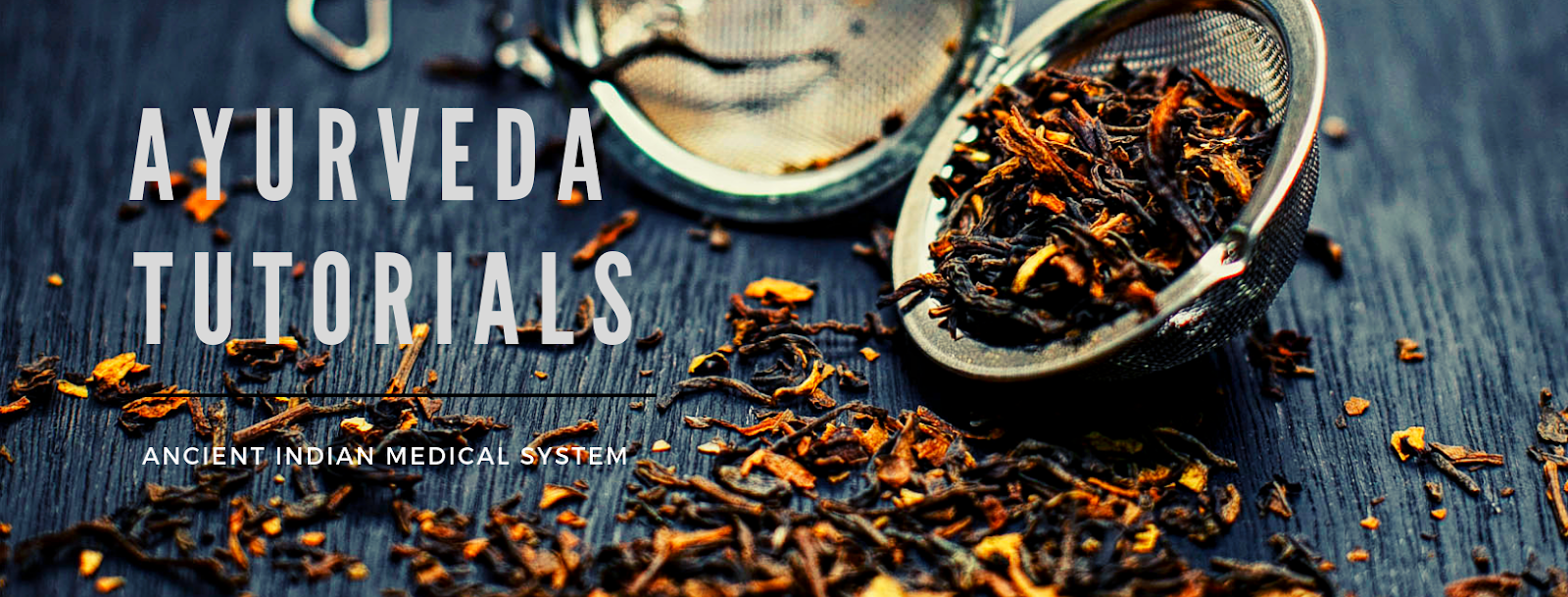Functions of Vata, Pitta and Kapha
Doshas are three subtle energies and essential factors of the human body that govern our entire physical structure and function. They are responsible for all the physiological and psychological processes, physical characteristic, mental capacity and the emotional tendencies.The world dosha literally means "which maintains and controls the body", and tri means "three". Tridoshas are not prevalent to the naked eye but their qualities can be.
They are composed of five elements with the predominance of one. The doshas are constantly moving in dynamic balance, one with the others.
Every being is born with unique balance of tridosha. The proportions varies according to the individual and usually one dosha is primary, one secondary and the third is least prominent. The Air and Ether elements combine together to form the Vata dosha. Vata is the principle of kinetic energy. The Fire elements constitues the Pitta dosha. Pitta controls the body's balance of kinetic and potential energies. Earth and Water elements combine to form the Kapha dosha. Kapha is the principle of potential energy.
Vata dosha:
Vata is associated with all the movement in the body and mind. It's responsible for breathing, blinking, tissue transformation, circulation, sensory and motor functions and all movements in cytoplasm and cell membranes. Vata is considered as the prime among the doshas as it governs the functions of other two doshas.Vata resides in the large intestine, pelvic region, ears, bones and skin. Out of these the large intestine is the main site of Vata.
Properties of Vata: dry, bright, cold, rough, subtle and moving.
At the psychological level, balanced Vata promotes flexibility, calm mind and creativity. Out of balance it produces fear, anxiety and nervousness.
Pitta dosha:
Pitta controls metabolism, hormonal functions, enzymes, digestion and body temperature. It resides in navel, stomach, upper parts of small intestine, sweat glands, blood, skin and eyes.Out of these navel is the main site of Pitta.
Properties of Pitta: slightly oily, penetrating, hot, light, liquid form.
At the psychological level, balanced Pitta is associated with intelligence, understanding, power of perception and leadership. Out of balance it produces anger, hate and jealousy.
Kapha dosha:
Kapha provides structure and vitality to the body and mind. It controls development of the body, immunity, stability and growth. Kapha supplies the water for all bodily parts and systems. It lubricates joints, moisturizes skin and maintains immunity. It resides in chest, throat, head, joints, stomach, lymph, fat tissue, nose and sinus cavities.Out of these chest is most important site of Kapha.
Properties of Kapha: oily, cold, heavy, slow, slimy, soft and stable.
At the psychological level, balanced Kapha is associated with love, calmness, enthusiasm, forgiveness and knowledge. Out of balance it leads to attachment, possessiveness and greed.
Lack of proper cellular functions due to an imbalance of Vata, Pitta or Kapha result in pathological conditions.
To learn how to identify imbalance, diagnose the cause of illness and harmonize the body, mind and spirit requires an understanding of how Vata, Pitta and Kapha work together.
Author: Ayurveda Tutorials
Related articles:
The Ultimate Ayurvedic Food List For Your Dosha Type


No comments:
Post a Comment